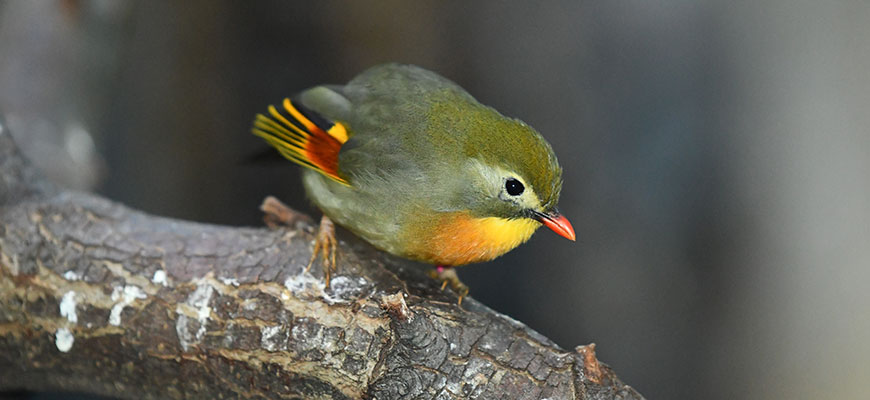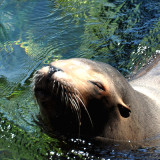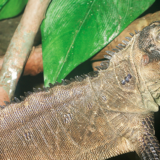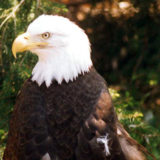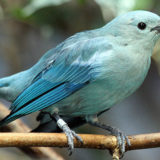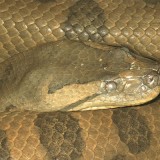CLASSIFICATION
Order: Passeriformes
Family: Leiothrichidae
Genus: Leiothrix
Species: lutea
RANGE
Southern China and the Himalayan region (India, Nepal and Bhutan). Populations were introduced to Japan in 1980 and there is a stable population that was introduced to Hawaii in 1918. They have also been accidentally introduced to some areas of Europe (Spain, Portugal, etc.) due to pet trading that occurs with this species.
HABITAT
Prefers pine forests, hill forests and jungles. In Japan, they prefer the dense bamboo forests.
SIZE
Length: Apx. 4-6 inches.
LIFE EXPECTANCY
8 – 15 years.
REPRODUCTION
- Birds will break off from flocks to make breeding pairs from April to September.
- Males sing long and complex songs to attract females.
- Pairs are monogamous.
- Create open-cup nests made from leaves, moss and lichen.
- Lay clutches of 2-4 eggs. Eggs are pale blue with red specks near the larger end.
DIET
Wild: Primarily fruits, but will also consume insects including bees, wasps, flies and moths.
BEHAVIOR
The Red-billed leiothrix is often found in flocks of 10-30 birds that will break off into territorial pairs during the breeding season. During the breeding season, they are known for their melodious songs that they use to attract mates. They nest and reside in areas with dense vegetation where they forage for fruits and insects.
POINTS OF INTEREST
- Have been found 7,000-9,000 feet above sea level and have been known to fly up to 13,500 feet!
- They favor areas that get prominent yearly rainfall.
- In Japan they are called the Japanese nightingale, although they are not native there.
STATUS
Common but have been added to Appendix II of CITES (Convention for International Trade in Endangered Species) due to natural habitat destruction and demand for pet trade. This demand for the leiothrix in pet trade has led to the species being introduced to other new areas to compete with native species for food and nesting locations.

